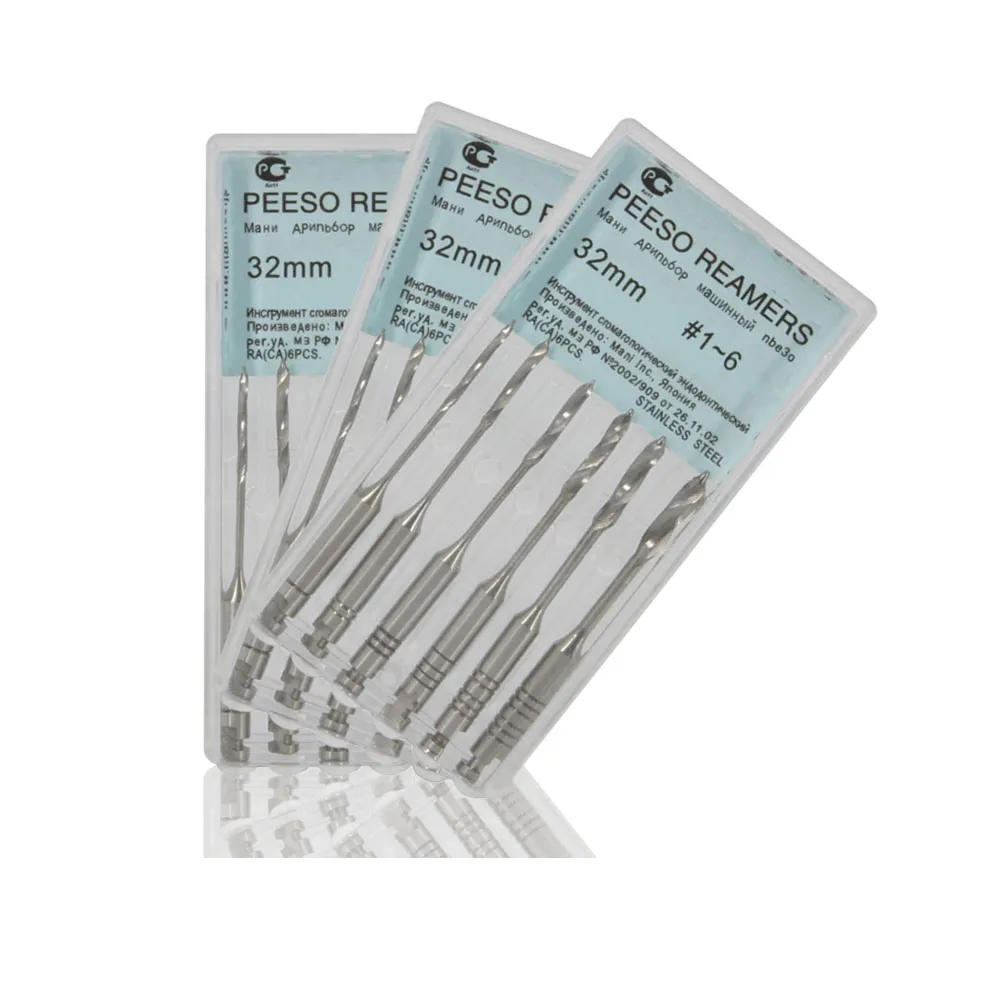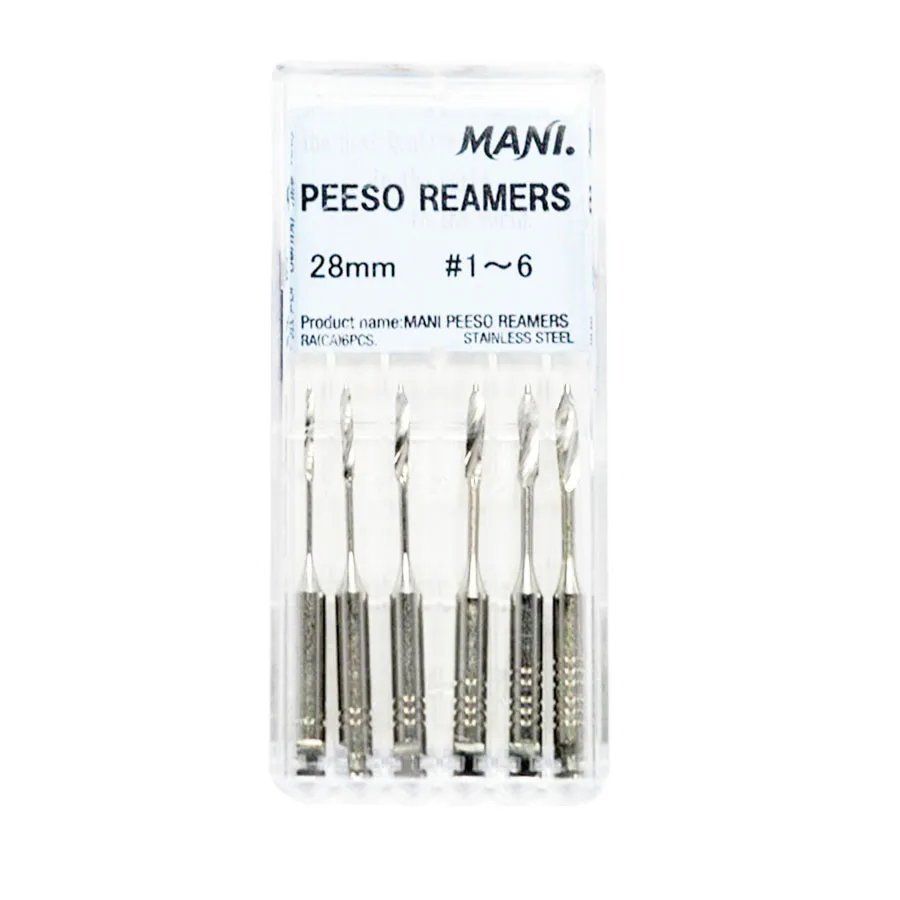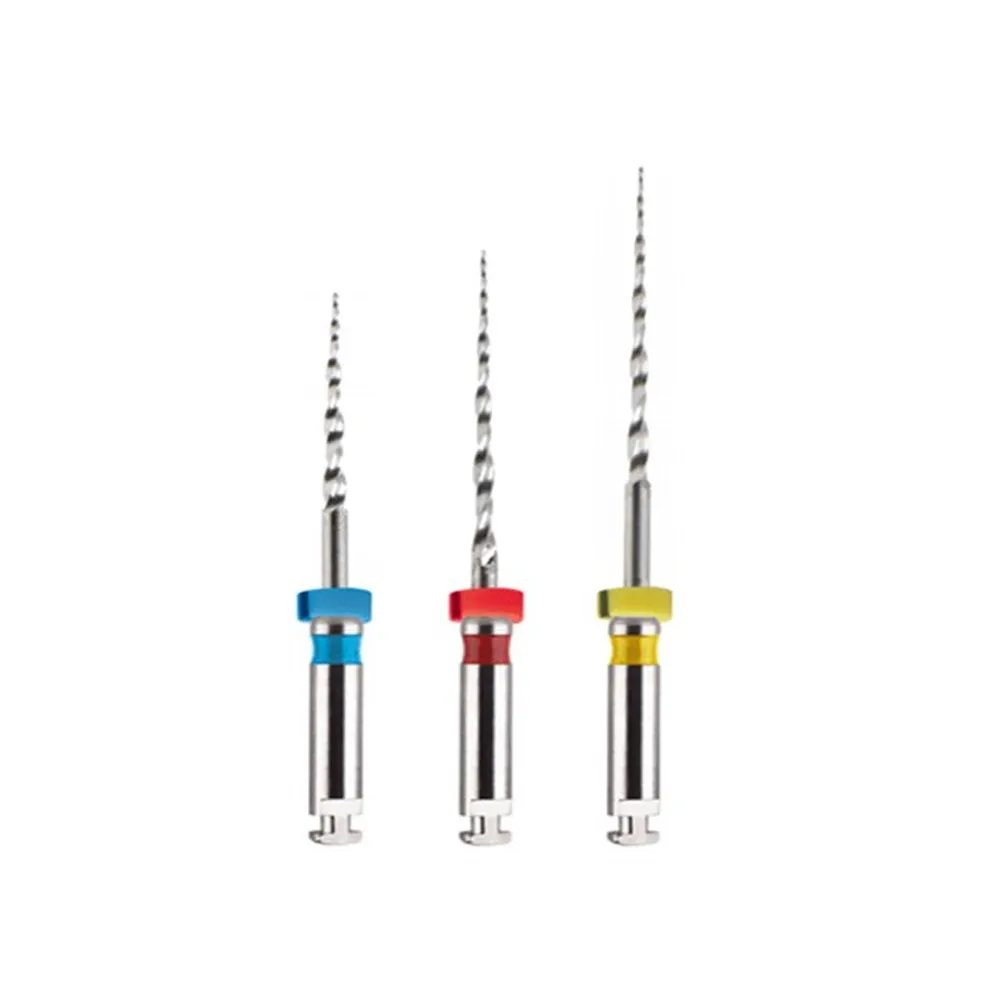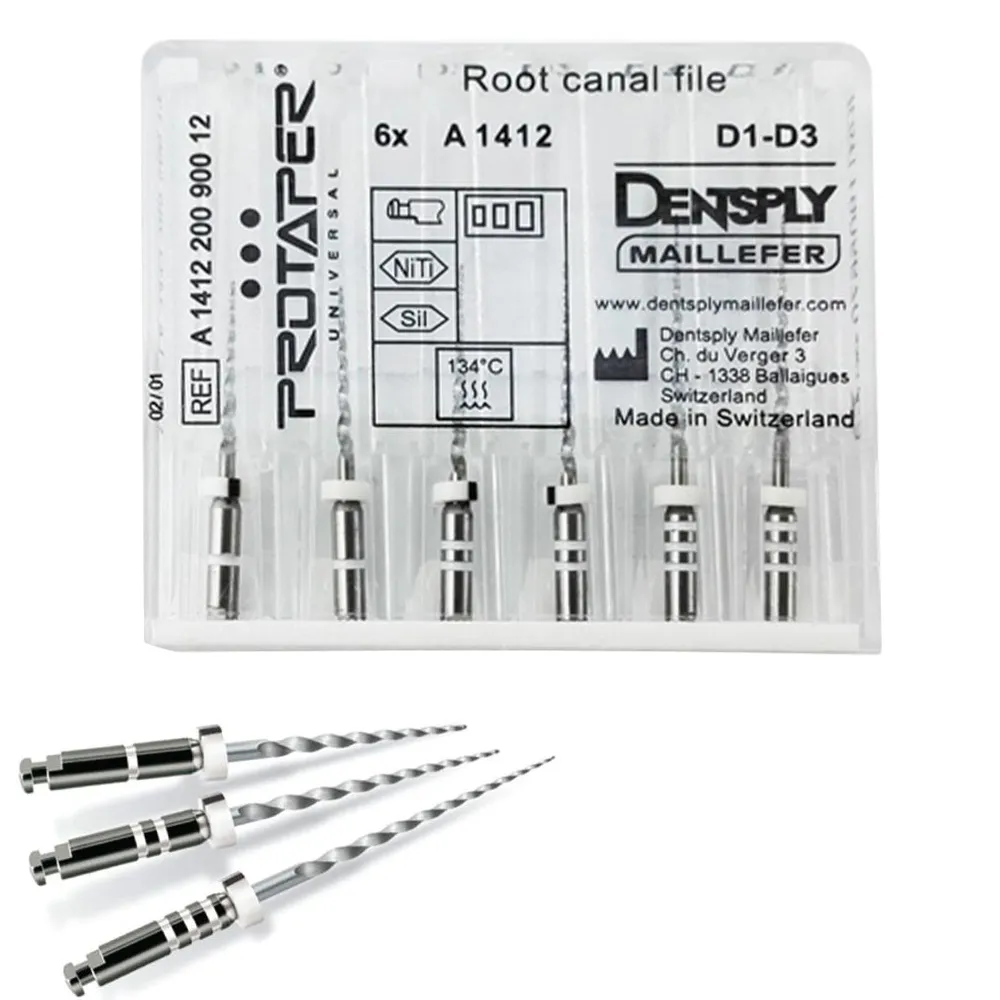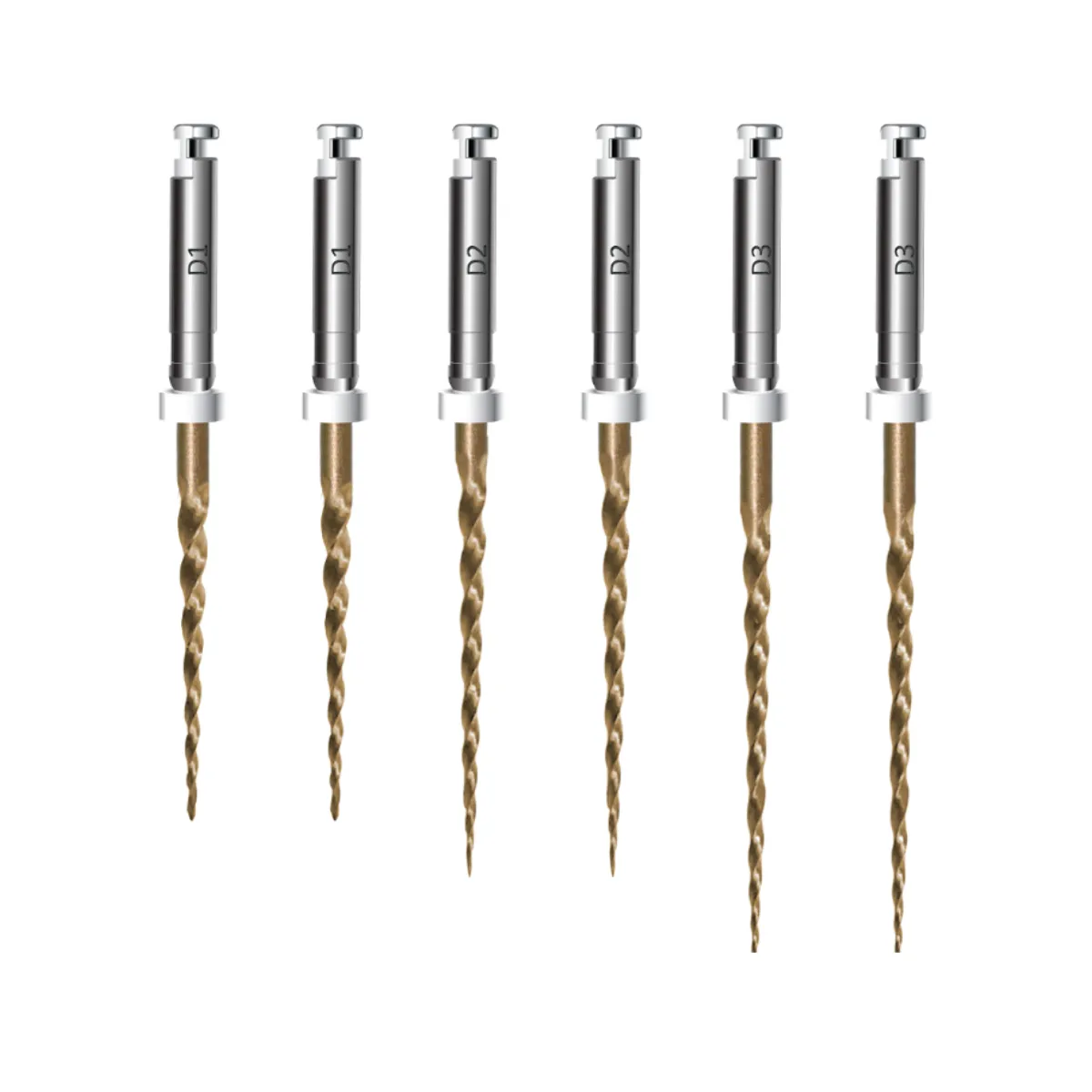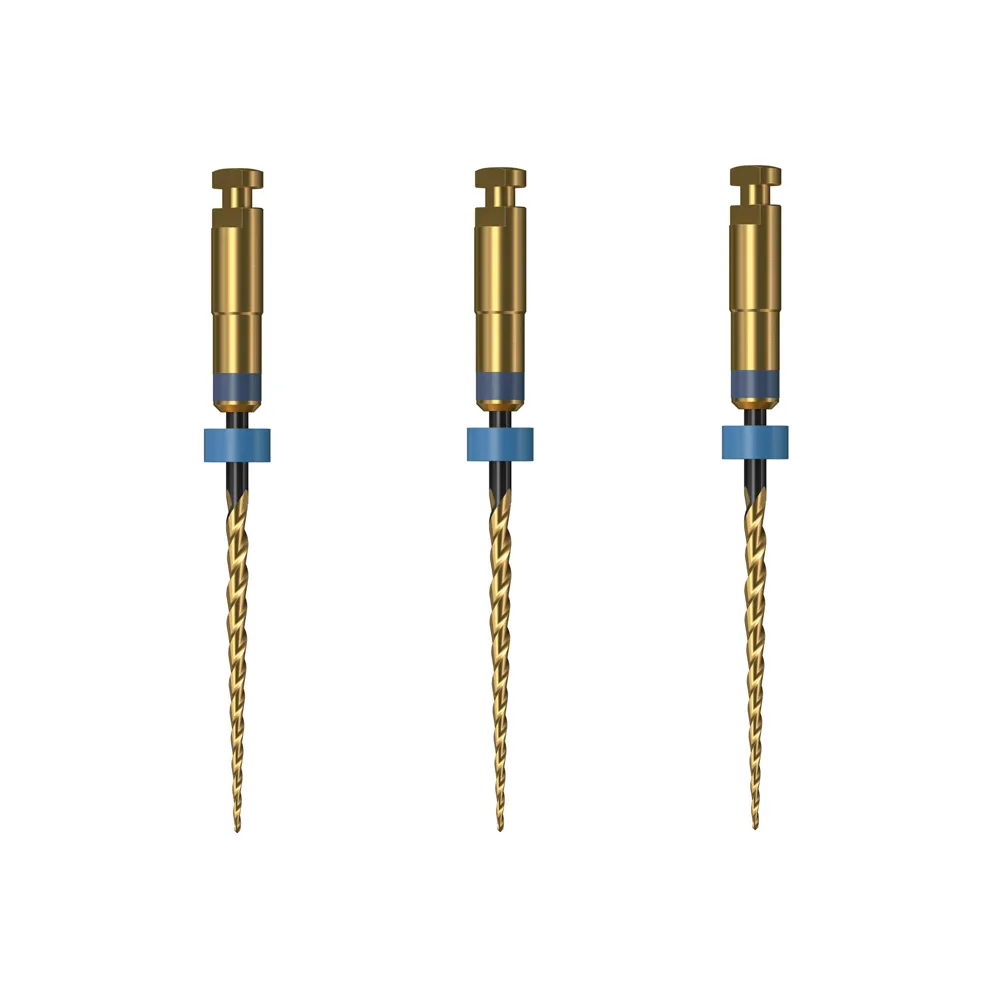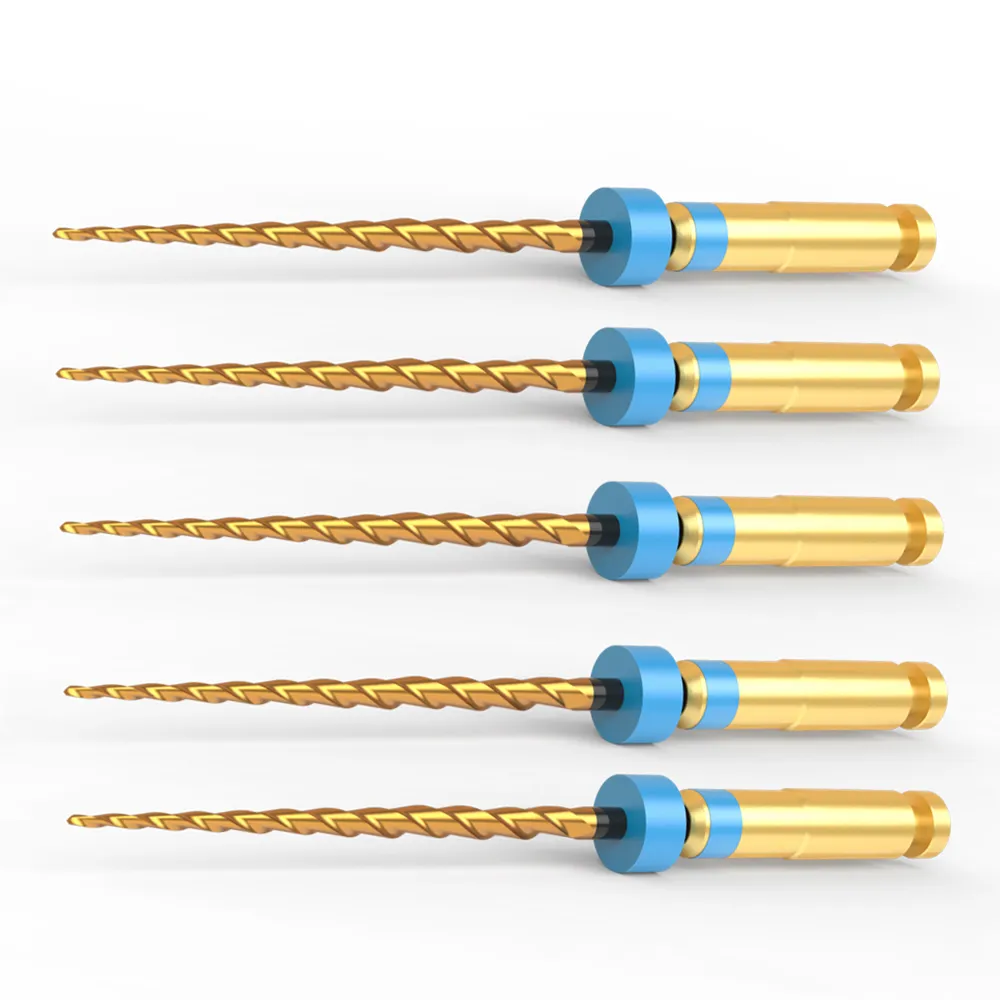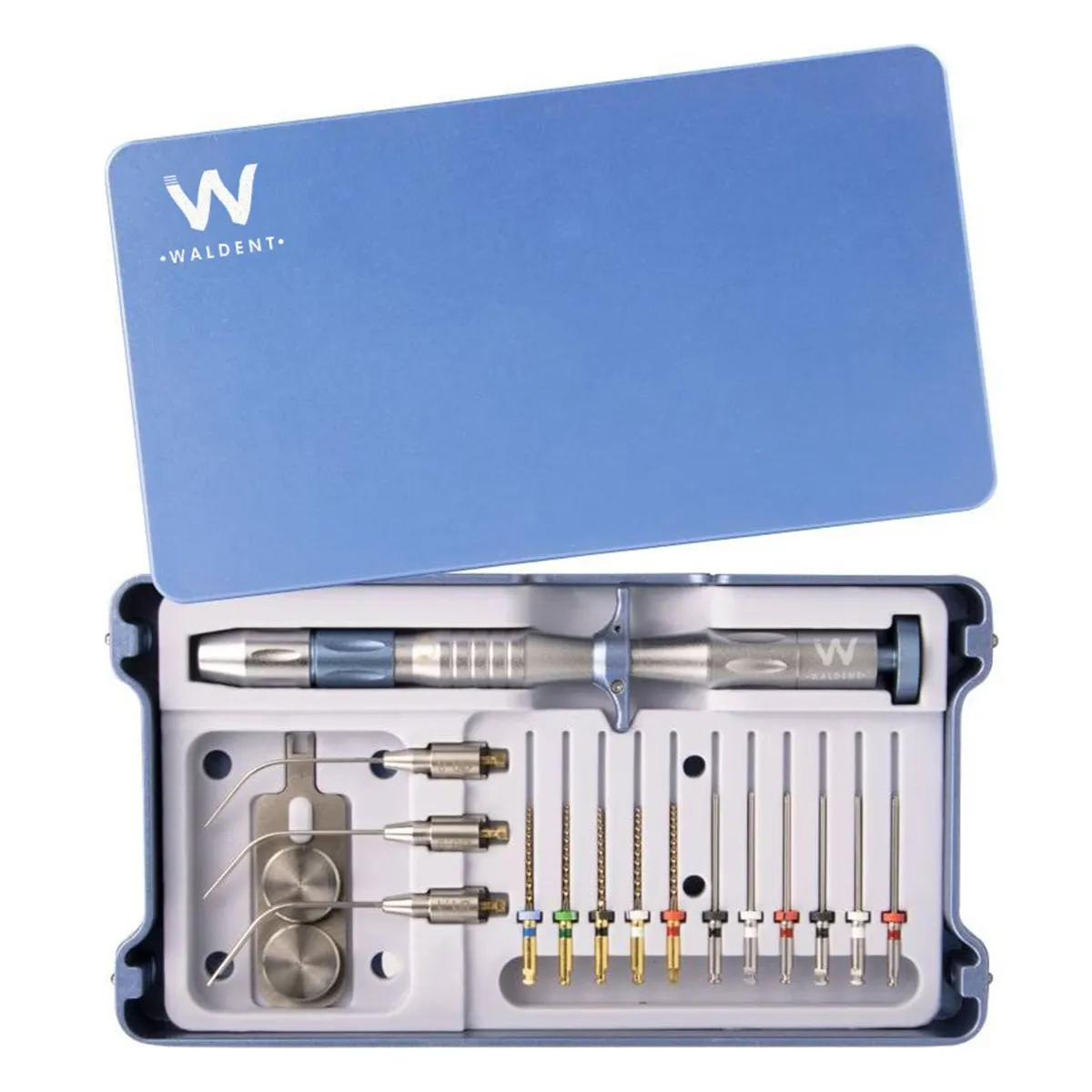Re-Treatment Files: Precision in Nonsurgical Endodontic Retreatment
In the dynamic world of dentistry, where innovation is the hallmark, specialized tools are continuously evolving to meet the unique demands of dental professionals. Among these specialized instruments, Re-Treatment Files hold a prominent place, particularly in the field of endodontic retreatment. Dentalkart takes immense pride in presenting a dedicated category that caters exclusively to these precision instruments. This category description aims to illuminate the pivotal role played by Re-Treatment Files in modern dentistry, their clinical significance, indications, and the comprehensive range available at Dentalkart.
Unveiling Re-Treatment Files: Navigating Their Crucial Role in Dentistry
Understanding Re-Treatment Files: Re-Treatment Files, as the name suggests, are meticulously designed instruments specifically tailored for the intricate domain of nonsurgical endodontic retreatment. These specialized files have carved out a niche in the dental armamentarium, offering a precise and effective solution for a range of clinical scenarios.
Significance in Dentistry: Re-Treatment Files are no ordinary instruments; they are the linchpin of precision and efficiency in the realm of endodontic retreatment. Their role is quintessential in addressing a spectrum of challenges that necessitate revisiting previously treated teeth. This category of files caters to the demands of dental professionals facing issues like reinfection, inadequate previous treatments, the presence of fractured instruments, obturation failures, and the need for a refined approach to achieve optimal periradicular tissue health.
Crucial Functionality and Clinical Significance
The core functionality of Re-Treatment Files revolves around navigating complex root canal systems with finesse. These files are engineered to efficiently remove obturation materials, facilitate thorough disinfection, and prepare the root canal space for subsequent treatment. Their precise action ensures that even the most challenging cases can be managed effectively, reducing the microbial load and fostering healthier periradicular tissues.
Clinical Indications
Re-Treatment Files find their clinical application in a range of scenarios that demand a meticulous approach to nonsurgical endodontic retreatment. Some of the primary indications include:
- Persistent or Recurrent Infections: When previously treated teeth exhibit signs of persistent or recurrent infections, Re-Treatment Files are employed to address the root cause.
- Fractured Instruments: In cases where instruments from previous treatments have fractured within the root canal, these files are used to manage the situation.
- Obturation Failures: When previous obturation materials have failed to seal the root canal effectively, Re-Treatment Files are essential for revising and re-obturating the canal.
- Revision of Previous Treatments: Many cases require a refined approach to correct and enhance previous treatments. Re-Treatment Files facilitate this revision process with precision.
- Enhancing Periradicular Tissue Health: These files are instrumental in achieving optimal periradicular tissue health by reducing infection and inflammation.
An Overview of Dentalkart: Your Trusted Dental Companion
Dentalkart is not just an online marketplace; it is a trusted partner for dental professionals seeking a diverse range of dental products and supplies tailored to contemporary dental practice. Within the dedicated Re-Treatment Files category, Dentalkart proudly offers an expansive selection of files sourced from esteemed brands.
- A Multitude of Brands: Dentalkart's Re-Treatment Files category showcases an extensive range sourced from respected brands that have made a mark in the dental industry. Among the brands featured are Coltene Whaledent, Mani, Waldent, Micro Mega, and Dentsply. This diversity in options ensures that dental practitioners have access to a multitude of choices, allowing them to make informed decisions aligned with their specific retreatment needs.
- Quality Assurance: Dentalkart places paramount importance on product quality. The collaboration with manufacturers is marked by a commitment to delivering products that meet and surpass industry standards. Rigorous quality checks are conducted to uphold the mantle of product excellence, ensuring that every file in this category is reliable and effective.
- A Customer-Centric Approach: At Dentalkart, a customer-centric ethos underpins every facet of its operations. The user-friendly online platform simplifies the process of product selection and ordering. Moreover, a dedicated customer support team is readily available to address inquiries, provide assistance, and swiftly resolve any concerns that may arise. This level of customer-centricity ensures a seamless and gratifying shopping experience for dental professionals.
Re-Treatment Files represent a pivotal facet of modern dentistry, offering precision and efficacy in nonsurgical endodontic retreatment. Dentalkart empowers dental professionals by presenting an extensive selection of Re-Treatment Files from renowned brands. With Dentalkart, dental professionals can elevate their practice and deliver exceptional patient care, knowing that they have access to the finest tools the industry has to offer.
Q: What are Re-Treatment Files, and when are they used in dentistry?
A: Re-Treatment Files are specialized dental instruments designed for nonsurgical endodontic retreatment. They are employed in cases where previously treated teeth require revisiting due to factors such as persistent or recurrent infections, obturation failures, fractured instruments, or the need for refinement in the root canal treatment.
Q: How do Re-Treatment Files differ from regular endodontic files?
A: Re-Treatment Files are distinct from regular endodontic files in their design and purpose. While regular endodontic files are primarily used for initial root canal treatments, Re-Treatment Files are tailored for the specific challenges encountered in revisiting and re-treating previously treated teeth.
Q: What are the key features to consider when selecting Re-Treatment Files?
A: When choosing Re-Treatment Files, consider factors such as file design, flexibility, compatibility with rotary systems, and the ability to effectively remove obturation materials. Additionally, ensure that the selected files meet quality and safety standards.
















